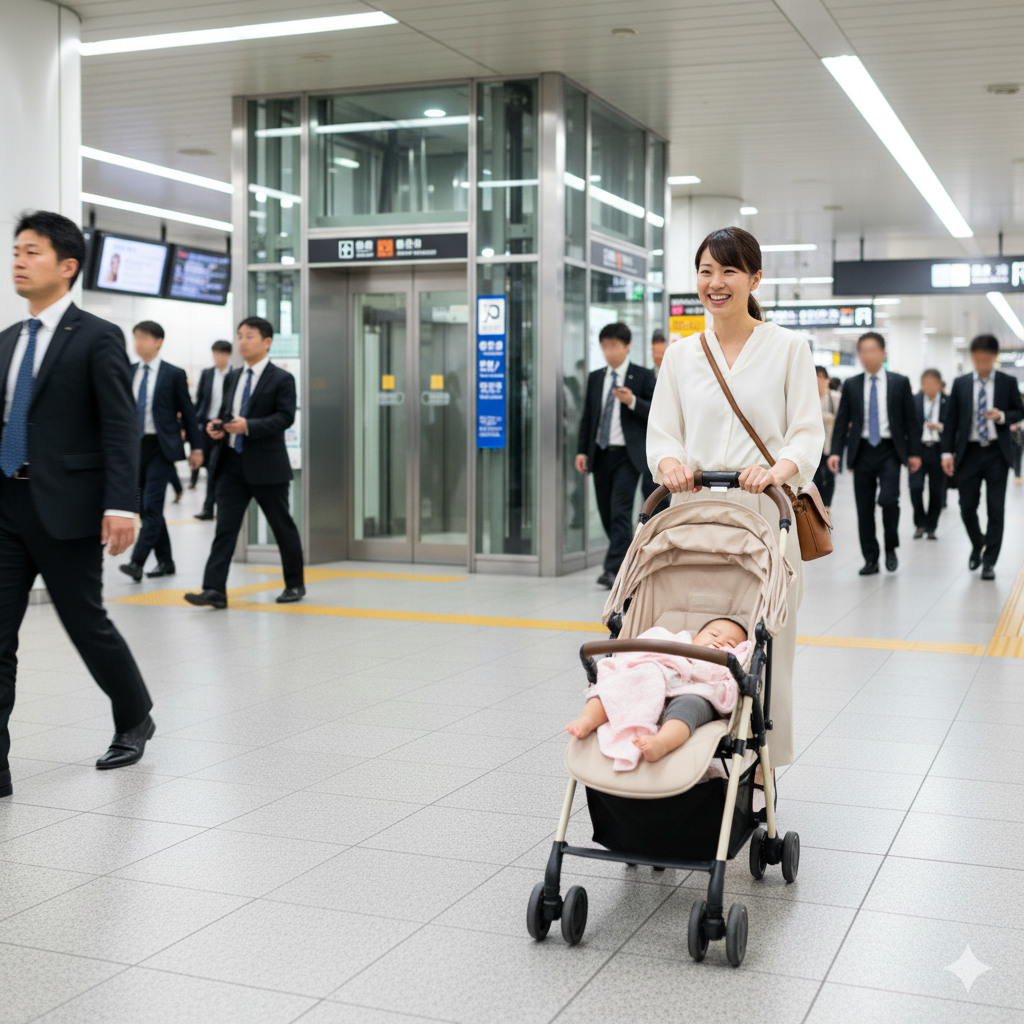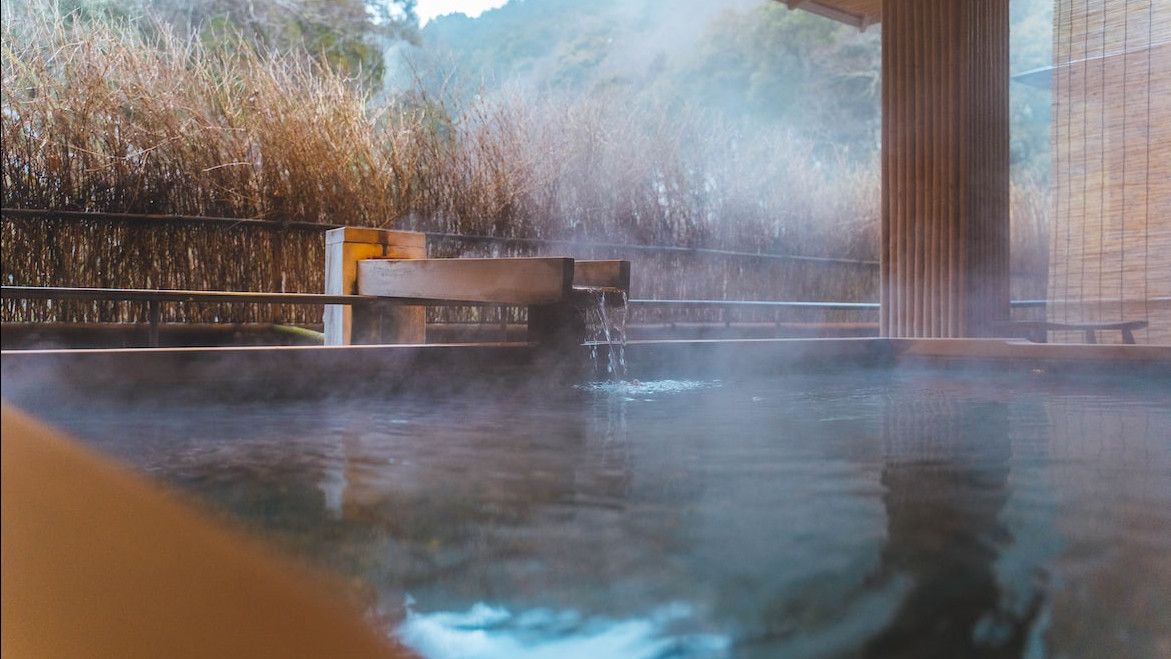Taking a Stroller on Japanese Trains: Smooth Ride or Daily Struggle?

1. Strollers on Trains: Yes, It is Allowed
Japan is generally very accommodating to families, and strollers are allowed on trains. The Ministry of Land, Infrastructure, Transport and Tourism even encourages parents to use public transportation with strollers, as long as they remain considerate toward other passengers. In major cities such as Tokyo, Osaka, and Kyoto, it’s common to see parents navigating the stations with everything from lightweight umbrella strollers to full travel systems.
2. Elevators and Accessibility Are Surprisingly Good
One of the best things about Japanese train stations is their accessibility. Most stations have elevators located near ticket gates and platforms, clear barrier-free routes marked in both Japanese and English, and ramps that make moving between platforms much easier. Large stations like Tokyo Station, Shinjuku, and Shin-Osaka may seem overwhelming at first, but they’re well signposted. Families can look for the universal wheelchair symbol to find stroller-friendly paths, and downloading the station map beforehand can save time when locating elevators.
3. The Real Challenge: Rush Hour Crowds
Infrastructure may be excellent, but rush hour presents a real challenge. Trains between 7–9 a.m. and 5–7 p.m. are often packed, particularly in busy urban centers. Boarding with a stroller during these times can be difficult, with limited space to stand and little room to maneuver. Although Japanese commuters are generally polite, the sheer number of people makes travel at peak hours uncomfortable. Whenever possible, it’s best to travel mid-morning or early afternoon when trains are less crowded.
4. Train Car Choices Matter
Choosing where you board can make a big difference. Some train lines offer priority cars or have open spaces near the doors that are more suitable for strollers. On shinkansen, or bullet trains, there are dedicated areas at the ends of the cars for strollers and larger luggage. Opting for the first or last car often gives families more space. Parking the stroller near the door—while making sure not to block entry—and locking the wheels during the ride will keep things stable and organized. On local trains, the priority seating area usually provides extra space for families.
5. Folding vs. Non-Folding: What’s Expected
In most situations, parents aren’t required to fold their strollers on trains in Japan. The only exceptions are during extremely crowded times or on narrow local lines. That said, a lightweight and foldable stroller is far easier to handle, and many parents choose to fold theirs during peak hours out of courtesy. Bringing a baby carrier as a backup can also help; some parents prefer to carry their baby during rush hour and fold the stroller to make the journey more manageable.
6. Shinkansen Travel with Strollers Is Surprisingly Easy
Traveling long distances on shinkansen is often smoother than on local trains. There’s more space between seats, and families can reserve seats in the back row, which comes with extra space behind the last seat—perfect for parking a stroller. Some lines also offer multi-purpose rooms for nursing or diaper changes. If you’re traveling during busy periods such as Golden Week or cherry blossom season, reserving seats early is recommended to secure stroller-friendly spots.
7. Station Etiquette to Know
Public manners are taken seriously in Japan, and this extends to stroller use. Parents are expected to wait to the side on platforms, lock stroller wheels once on board, and offer a quick apology if their stroller accidentally bumps someone. Many stations have separate elevators for strollers and wheelchairs, so using these facilities keeps the flow of people organized and efficient.
8. Extra Tips for a Smoother Ride
A little planning goes a long way when traveling with a stroller. Choosing routes with fewer transfers can save time, since elevators can be located far apart. Apps like Navitime or Tokyo Metro are helpful for finding stroller-friendly exits. Traveling outside rush hour and packing a small bag with essentials makes the day much easier. While some stations have baby rooms, not all do, so it’s best to be prepared.
Conclusion
Taking a stroller on Japanese trains is easier than many visitors expect. Stations are accessible, facilities are well designed, and most commuters are considerate. The main factor to watch is timing: avoiding rush hour, choosing the right cars, and planning routes in advance will make the experience smooth and stress-free. With a little preparation, navigating Japan with a stroller can be not only manageable but genuinely enjoyable.



